If you click on a link and make a purchase we may receive a small commission. Read our editorial policy.
Jim Lee was worried about being "blacklisted" after leaving Marvel for Image
In 1992, artist Jim Lee left Marvel Comics to found Image Comics — a decision he did not make lightly, as he revealed at Baltimore Comic Con

Popverse's top stories of the day
- Marvel's Kevin Feige talked to John Boyega about who he'd play in the MCU, but "there ain't no room for me," says the Star Wars star
- MEMBERS ONLY: Watch the Lord of the Rings movie reunion panel with Elijah Wood, Sean Astin, Dominic Monaghan, Billy Boyd, John Rhys-Davies, and Andy Serkis from Chicago's C2E2 2025
- Sorry, webheads: Tom Hardy says we weren't as close to that Spidey/Venom movie as was reported
Jim Lee is an artist who helped shape the reading habits of an entire generation of comic book fans. He is the artist and co-plotter for X-Men #1 from 1991, which is the top-selling comic book single issue at over 8 million copies sold. Even for comic book readers who weren’t alive in 1991 when X-Men #1 came out, Lee’s iconic artwork for the cover remains ingrained within the minds of fans today. Even though Lee was achieving so much success with X-Men, he went on to co-found indie comics stalwart, Image Comics, with other creators Rob Liefeld, Marc Silvestri, Todd McFarlane, Erik Larsen, Whilce Portacio, and Jim Valentino. As Lee revealed at Baltimore Comic Con, the decision to leave Marvel for Image was made after careful consideration.
When asked at Baltimore Comic Con what the most anxiety-inducing moment of his career was, Lee reflected on his 1992 move to Image: “I don't think I'm a particularly anxious person, but I do think that tend to overthink things, so that can be debilitating if you're doing something that is sort of high risk. The making of Image Comics was kind of high risk, high reward. Even just leaving Marvel and going over to Image, at the time you're young and it's just like, ‘Oh, will this mean I'll be blacklisted from working at Marvel ever again? Will they hate me? Will I be on their verboten list forever because I left?’” At the time of Image Comics’ founding, Lee was 27-28 years old.
For Lee, the risk of being blacklisted by Marvel carried repercussions affecting not just him, but his family. The artist said, “It would have been different had I been single. I could take on a lot more of this because you don't have as much risk; it's just your own livelihood. I could have endured a lot, but at the time I was married and had my first kid, who is actually here today! Yeah, she had just been born, so there was a lot riding on this. I was providing for a new family and you don't want to make this kind of decision, and so I tried to use ‘Big Data.’” Lee then went on to break down the state of the comic book industry at the time, noting how the most successful indie comic books at the time, like Dark Horse’s Alien vs. Predator series, were selling “100,000 units” a month against “800,000 copies” that Marvel was selling of X-Men each month.
The reason why creators like Lee, Liefeld, Silvestri, and more decamped to form Image Comics was that Image was founded as a creator-owned publisher emphasizing creative freedom. That is, creators would own the rights to the characters and concepts they created for series published by Image. There’s a troubling history of comic book creators, notably with folks like Spider-Man co-creator Steve Ditko, Batman co-creator Bill Finger, and Superman co-creators Jerry Siegel and Joe Shuster, who received middling financial compensation for the characters that they created. Today, Image Comics is still going strong, making Lee’s decision to take a leap of faith a prudent one.
Get ready for what's next with our guide to upcoming comics, how to buy comics at a comic shop, and our guide to Free Comic Book Day 2025.
About Baltimore Comic Con 2024
Dates
-
Follow Popverse for upcoming event coverage and news
Find out how we conduct our review by reading our review policy
Let Popverse be your tour guide through the wilderness of pop culture
Sign in and let us help you find your new favorite thing.


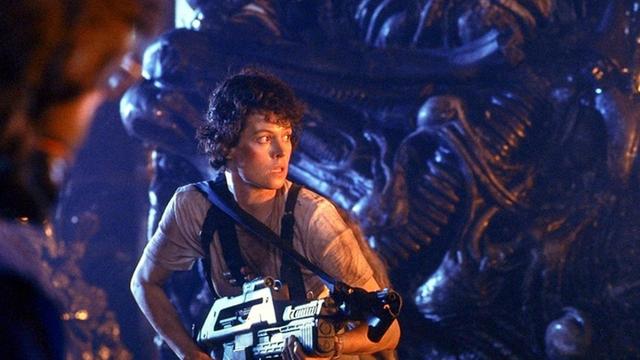
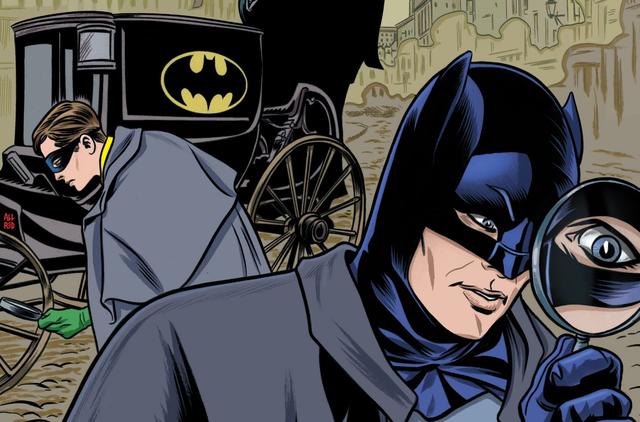


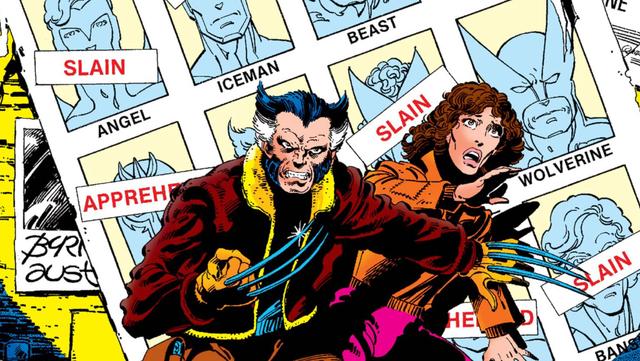

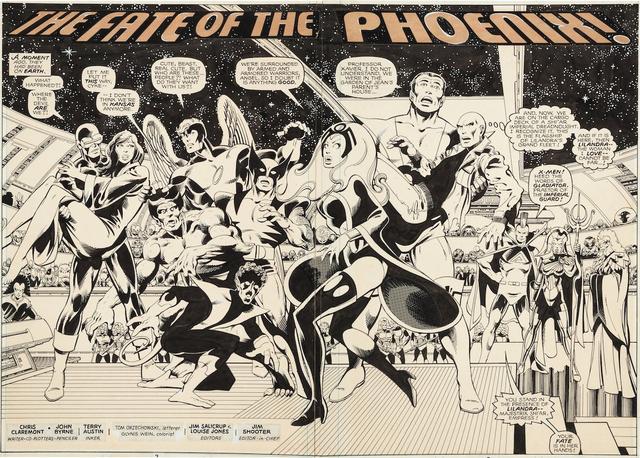
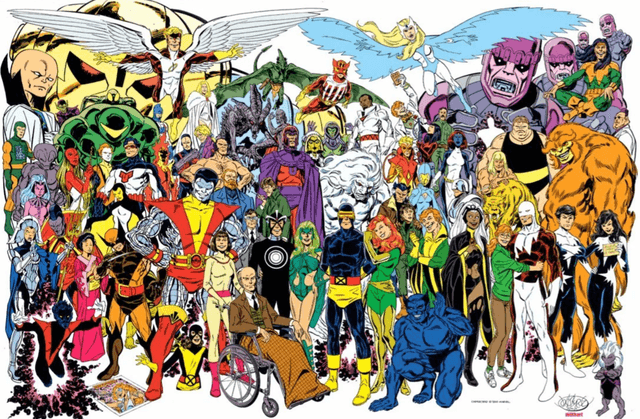






Comments
Want to join the discussion? Please activate your account first.
Visit Reedpop ID if you need to resend the confirmation email.